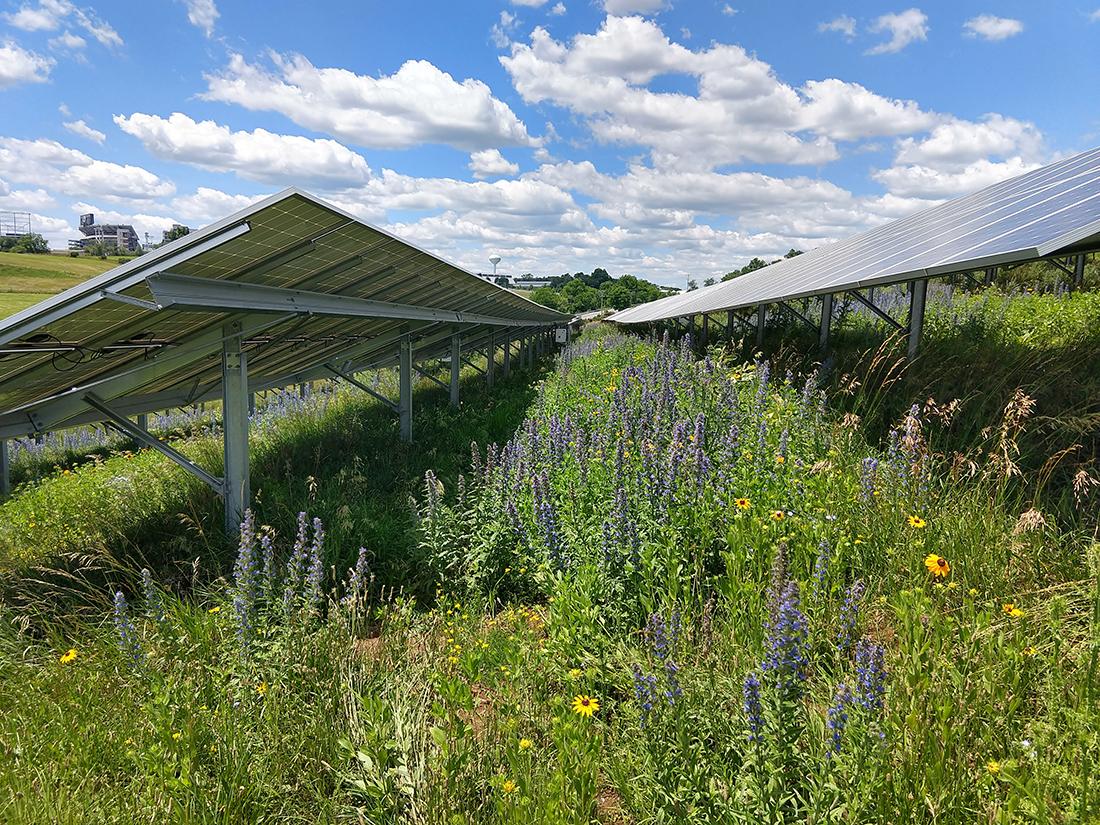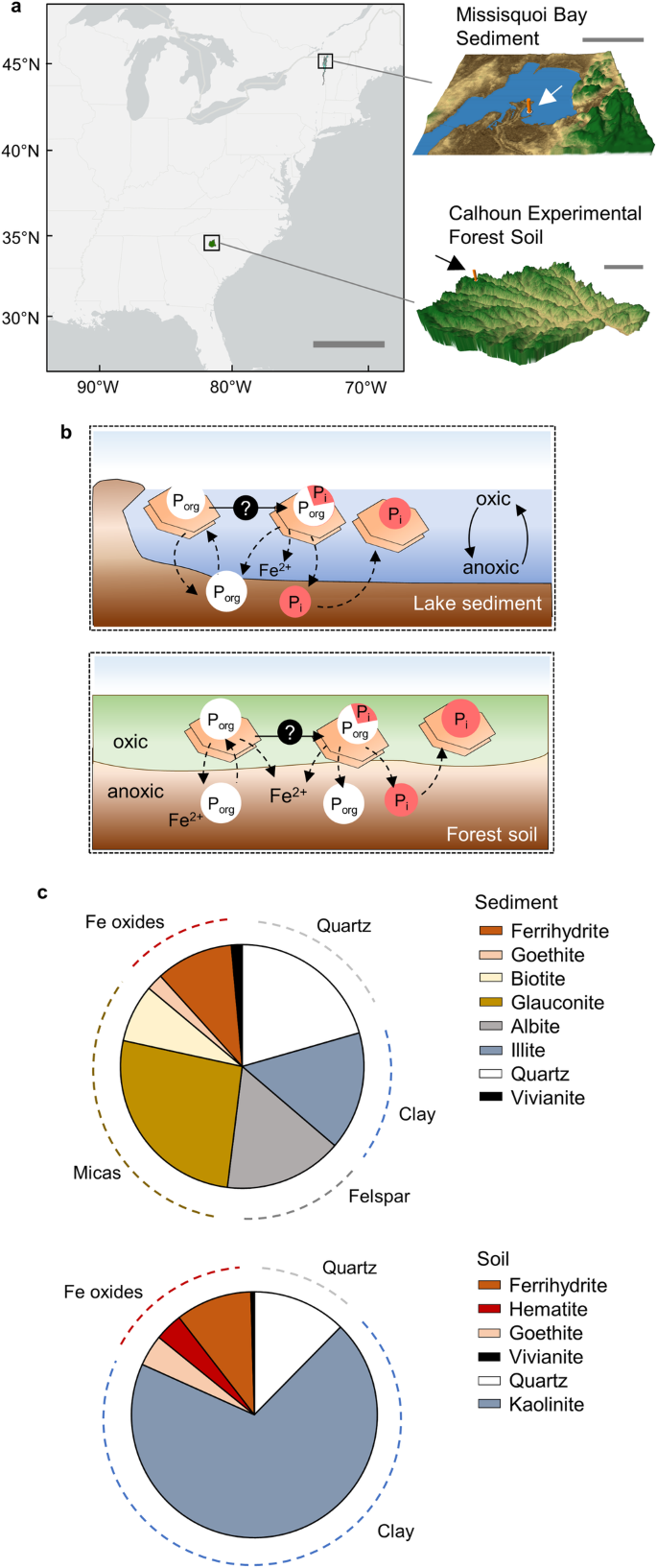2024-07-18 ペンシルベニア州立大学(PennState)
 The researchers conducted a year-long field investigation of soil moisture patterns, solar radiation and vegetation at two solar farms in central Pennsylvania — built on slopes representative of the Northeast U.S. Credit: Penn State. Creative Commons
The researchers conducted a year-long field investigation of soil moisture patterns, solar radiation and vegetation at two solar farms in central Pennsylvania — built on slopes representative of the Northeast U.S. Credit: Penn State. Creative Commons
<関連情報>
- https://www.psu.edu/news/research/story/solar-farms-stormwater-controls-mitigate-runoff-erosion-study-finds/
- https://www.sciencedirect.com/science/article/abs/pii/S0022169424008709
ソーラーファーム内の土壌水分と蒸発散の不均一性を定量化: 雨水管理への影響 Quantifying soil moisture and evapotranspiration heterogeneity within a solar farm: Implications for stormwater management
Rouhangiz Yavari Bajehbaj, Raj Cibin, Jonathan M. Duncan, Lauren E. McPhillips
Journal of Hydrology Available online: 15 June 2024
DOI:https://doi.org/10.1016/j.jhydrol.2024.131474
Highlights
- 20–29% lower soil moisture and 60–88% lower solar radiation occurred under panels.
- There is increased soil moisture and incidence of saturation at the dripline.
- Differences in ET and soil moisture within the solar farm vary by season.
- The interspace zone facilitates infiltration, leading to reduced incidence of saturation.
- Stormwater management strategies can manage changes in runoff from solar farms.
Abstract
As solar energy becomes a cheap source of renewable energy, the number of major utility-scale ground solar panel installations, often called ‘solar farms,’ are growing. With these solar farms often covering hundreds of acres, there is potential for impacts on natural hydrologic processes, including runoff generation and erosion. There is still limited research in this area, and best management practices to address these impacts are variable and not well understood. To fill this gap, we conducted a field investigation of soil moisture patterns, solar radiation, and vegetation at two solar farms in central Pennsylvania, USA that are representative of the complex terrain in the region (e.g., high or variable slopes). Both solar farms also included engineered infiltration basins or trenches that were investigated. Analysis of soil moisture patterns reveals redistribution of water relative to panels, with dripline soil moisture 19 % higher than the reference, and underpanel moisture 25 % lower than the reference, on average at both solar farms over a year. There are also the greatest periods of saturation and runoff generation at the panel driplines. However, an open interspace between panel rows and existing infiltration basins and trenches are playing a critical role in managing runoff. Micrometeorological monitoring indicates reduced evapotranspiration (ET) under panels, with potential underpanel ET 37–67 % lower in summer, and minimal difference in winter. However, a survey of vegetation revealed almost complete ground coverage under panels, which is critical for supporting infiltration and reducing erosion. As solar farms expand to meet important renewable energy goals, it is essential that care be taken to design the landscape to minimize runoff generation and erosion. This work demonstrates that healthy vegetation and well-draining soils can help manage runoff on solar farms; where necessary on more challenging landscapes, engineered stormwater controls can manage any unmitigated runoff.



